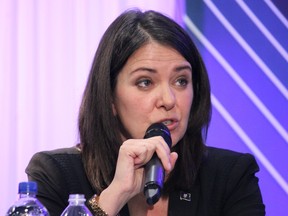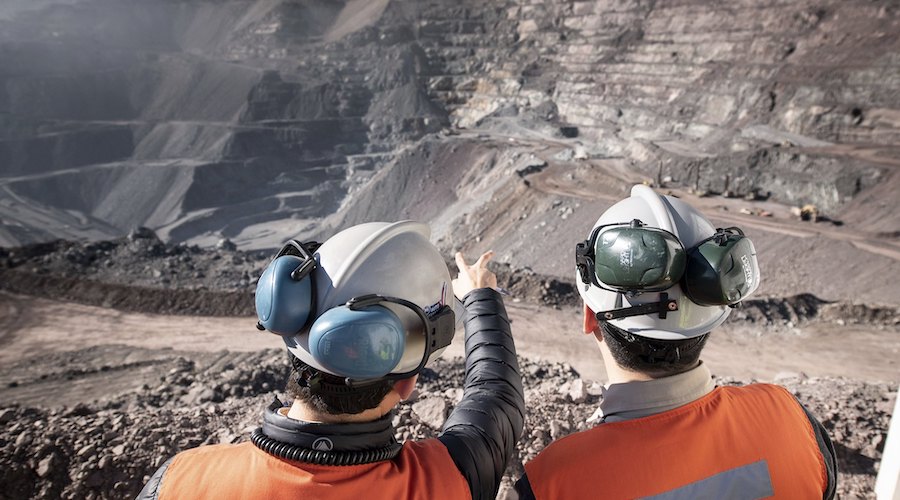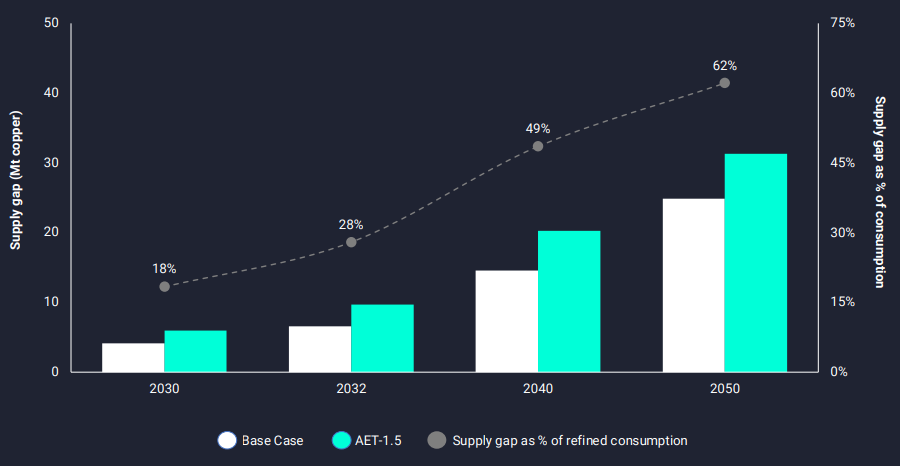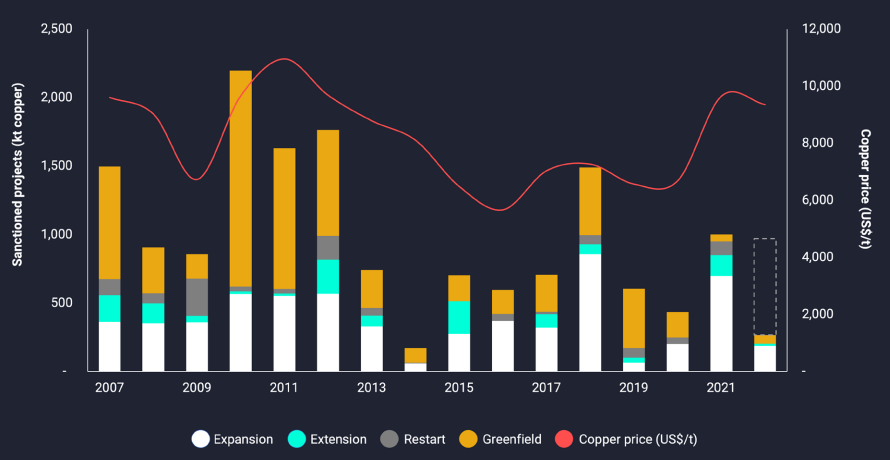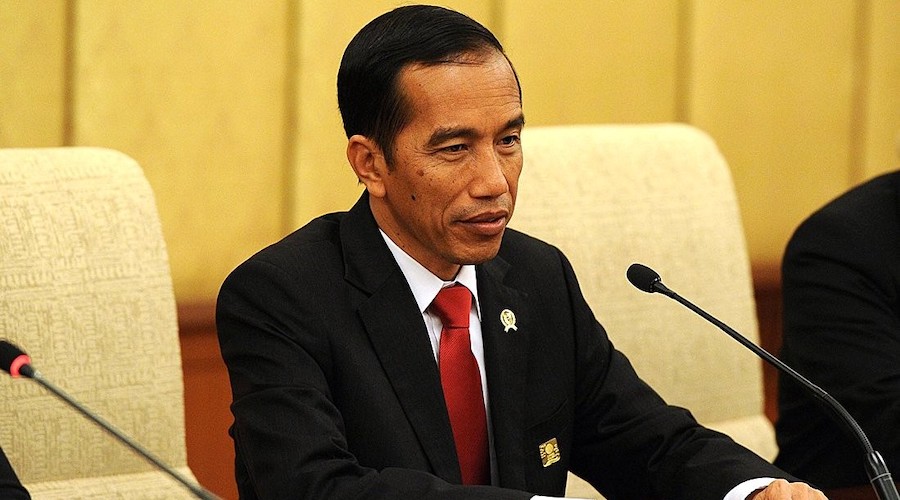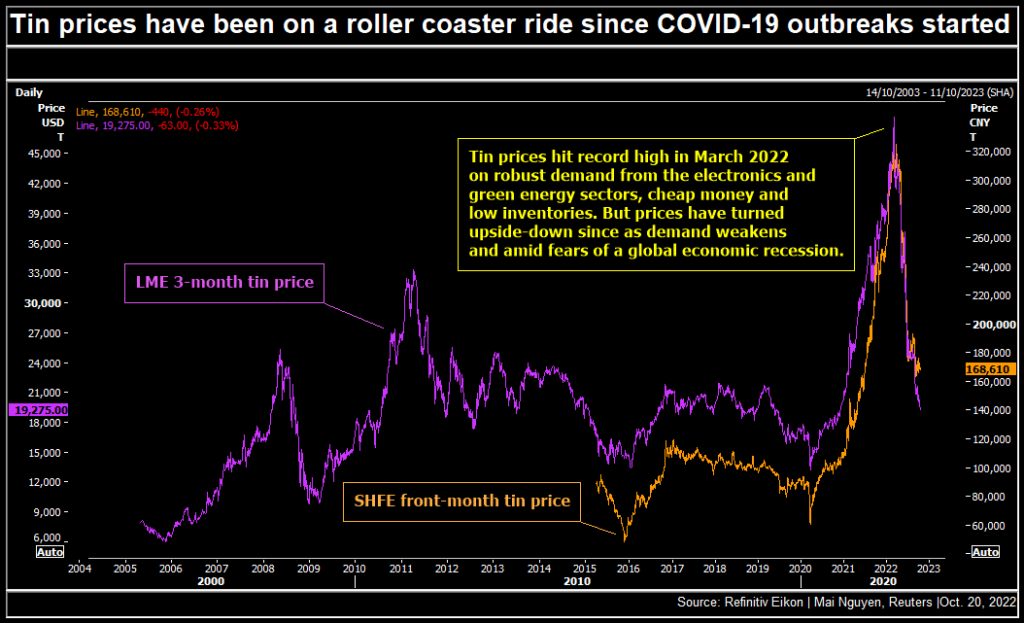PsyPost -
A new series of nine experimental studies indicates that “discordant knowing”, certainty about something one perceives as opposed by the majority of others, predicts greater fanaticism. The studies showed that experimental manipulation of participants’ views, i.e. putting them in a situation where they are set to see their views as being in opposition to the majority, increased behavioral indicators of fanaticism, such as aggression, determined ignorance and wanting to join extreme groups in service of one’s view. The study was published in the Journal of Experimental Psychology: General.

Dogmatic beliefs, fanaticism and similar phenomena have been attracting interest of social psychologists for a long time. Tendencies of some people to maintain their beliefs in opposition to the views of the majority of people in their environment has been linked to these phenomena. Some studies proposed that people adopt such isolating behavior in an effort to satiate desires for certainty, control and uniqueness.
One concept proposed to explain this is “discordant knowing”. It consists of “felt knowledge” – being sure about an opinion or viewpoint – and “opposition” – perceiving one’s claim as being generally opposed by other people. While previous studies have focused very much on “felt knowledge”, a concept associated with dogmatism, rigidity, overclaiming and similar traits, psychological processes linked to holding minority viewpoints have not attracted much research attention.
To study discordant knowing, study author Anton Gollwitzer and his colleagues designed a series of nine social experiments. They recruited a total of 3277 people through Mechanical Turk [MTurk] and Prolific platforms as participants in these experiments. The first six experiments included 450-700 participants each, while the numbers in the last three were lower.
In the first five experiments, participants were randomly divided into a number of groups each of which was assigned a different experimental condition. In some of the experiments, researchers would ask participants about some of their beliefs and then, depending on the condition, asked them to imagine being in situations that regarded their views in a certain way. Participants were thereafter asked again to express the degree of endorsement of beliefs in question.
Experiments 6-9 included testing the generalizability of detected psychological mechanisms to beliefs about presidential candidates from the 2020 US elections, attitudes towards abortion, antivaccination beliefs, and on a group of Jehovah’s Witnesses, whom authors included in the study as “members of a fanatical religious group” and thus a group holding “their religious claims in a discordant knowing framework” as compared with non-fanatical religious individuals.
Results obtained across these multifaceted experiments supported the authors’ hypothesis that discordant knowing underlies fanaticism. Experimental manipulation of participants views to fall under the discordant knowing framework heightened all aspects of fanaticism. They found that: this effect is based on mechanisms for responding to threats; it depends on the strength of opposition to one’s views; it differs from effects of extremism and extends to the way one sees oneself.
This series of studies highlights new ways in which fanaticism can be studied. However, authors note that many details about these psychological mechanisms remain unknown and should be explored in future studies. Notably, it remains unclear “whether the observed effects are temporally stable” i.e., “does inducing discordant knowing heighten fanaticism only temporarily or over a longer time-period”.
The study, “Discordant Knowing: A Social Cognitive Structure Underlying Fanaticism”, was authored by Anton Gollwitzer, Irmak Olcaysoy Okten, Angel Osorio Pizzaro, and Gabriele Oettingen.


